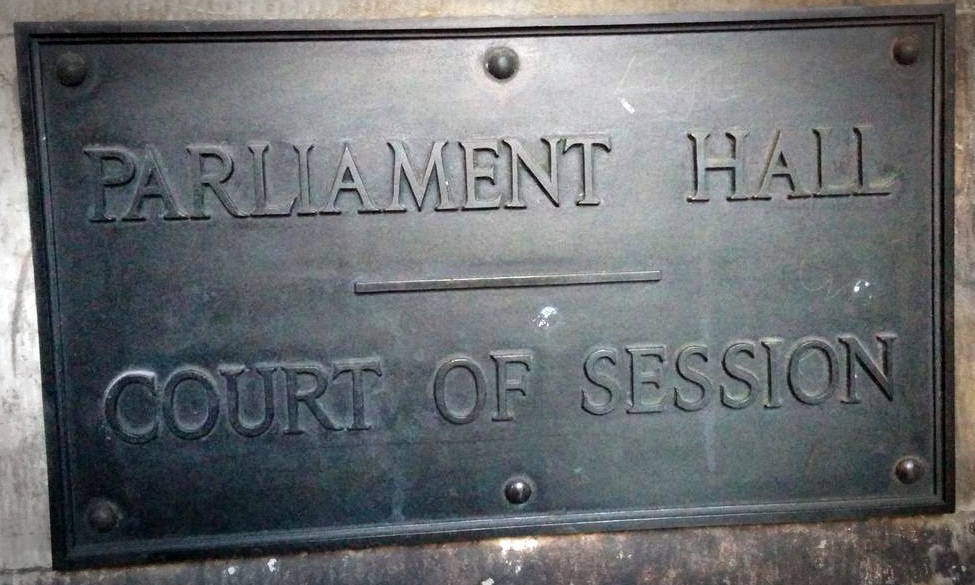The Court of Session has been told Fife Council made a fundamental error in its decision to build a new secondary school on St Andrews’ green belt.
An appeal against dismissal of an earlier petition for judicial review of the decision to build a replacement Madras College at Pipeland is being heard at Scotland’s supreme civil court in Edinburgh.
The legal challenge by St Andrews Environmental Protection Association Limited (Stepal), a group set up by residents opposed to use of the Pipeland site, has delayed construction of the long-awaited £42.7 million school.
QC James Findlay argued that the local authority had failed to balance the impact of building on the green belt with the impact on education of the alternative site supported by Stepal, North Haugh and adjacent Station Park, which he said would be minimal.
He said: “The failure to balance that is a fundamental flaw in this decision.”
While the council said North Haugh and Station Park’s split site designation was a key reason for its rejection, Mr Findlay said Pipeland itself, which has a right of way running through it, Bell Baxter High School, in Cupar, and others in Scotland could be considered split site schools.
An underpass under the A91 would connect North Haugh with playing fields at Station Park and, although costly, he said, would be a potential solution.
For the council, QC Douglas Armstrong said the urgent need for a new secondary school and a lack of alternative suitable and available sites justified deviation from the plan.
As well as the issues of a split site he said North Haugh had other development constraints, including its pond and the future construction of a distributor road for the town which would run through it.
He said: “The council as an education authority has gone through a long process of considering the options.
“That process has involved statutory consultation under the Schools Consultation Scotland Act 2010 and as a result one of the sites the council promoted was rejected after a HMIe report.”
He said assessment of North Haugh by the council concluded it was undevelopable for a school and there was a high risk of flooding, which would remain even if it was built upon.
Stepal’s petition was rejected early last year by Lord Doherty who said the council’s consideration of North Haugh as a split site was neither perverse nor erroneous and found it was discounted due to other disadvantages including its limited size and travel time for pupils and staff.
Recent articles from The Courier have been lodged as part of Stepal’s case, following a motion by Mr Findlay to have them included.
They quote former St Andrews University principal Professor Louise Richardson stating that the land at North Haugh remained available.
The hearing before Lord Drummond Young, Lord Malcolm and Lady Clark of Calton is due to conclude on Wednesday.For more, see Thursday’s Courier
